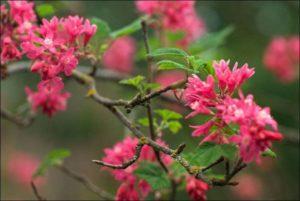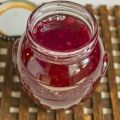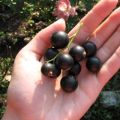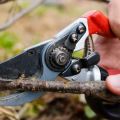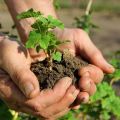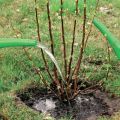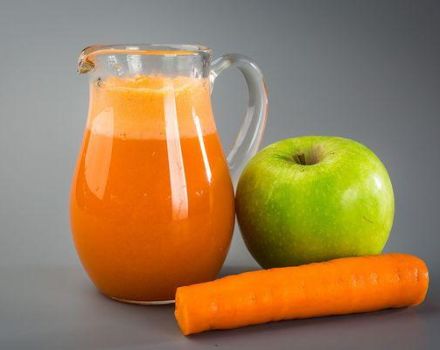When and how to water currant bushes correctly, the secrets of agricultural technology
Currants are planted in many garden plots. The shrub is characterized by unpretentiousness, it takes root without problems on any soil and, as a result, bears fruit well. Berries are eaten fresh with pleasure, and they are also suitable for making jam. However, an important condition for the correct development of currants is proper watering. How exactly to organize it, you can find out below.
When to water currants
As you know, if the soil is sufficiently moistened, this is the key to good currant growth. In order to get a rich harvest every year, you need to take care of proper crop care. In this case, the most important condition is watering the plant throughout the growing season.
Many gardeners are wondering how often to water black currants in the summer in order to get a good harvest.
Basically, it is necessary to water the shrub when it really needs it. Along with this, the crop is watered four times a year according to the following schedule:
- The first watering is carried out at the end of May, when the currants are just beginning to form ovaries (period from late May to early June).
- The second watering is done at a time when the fruits are poured (in June or early July).
- The third watering is organized immediately after the end of the harvest (from August to September). By the way, the question of whether it is necessary to water the currants after harvesting usually causes a lot of controversy. So, some believe that this is not necessary, but this statement is fundamentally wrong.
- The fourth watering is carried out before the start of wintering, as a rule, somewhere in October.
It is also worth keeping in mind that if the time has come to moisturize the currants, but it is rainy weather, of course, additional watering does not make sense. By adhering to this rule, you will never harm the shrub.
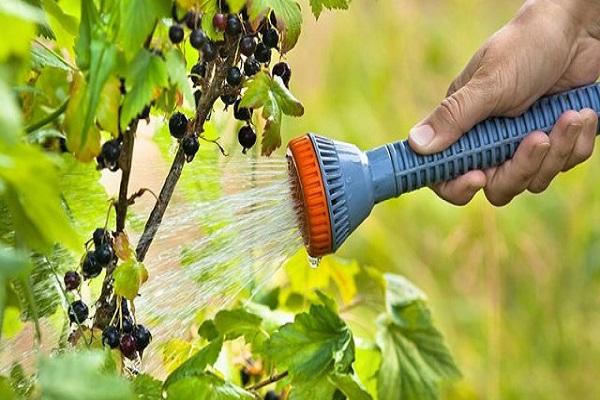
Suitable methods
There is an opinion that the first watering of currants is performed in early spring, and it should be done with boiling water. This is done to neutralize the colony of pests that hibernated on the bushes. Also, this method destroys fungal spores that can provoke certain diseases in a plant. And, of course, in order for the currants to wake up from hibernation.
By the way, this method works and gives good results. The only caveat is choosing the right time. The best option is to do this watering before the buds wake up. More often this is the end of March.
If we talk about spring and summer watering, it is not done with cold, but with slightly warm, settled water.
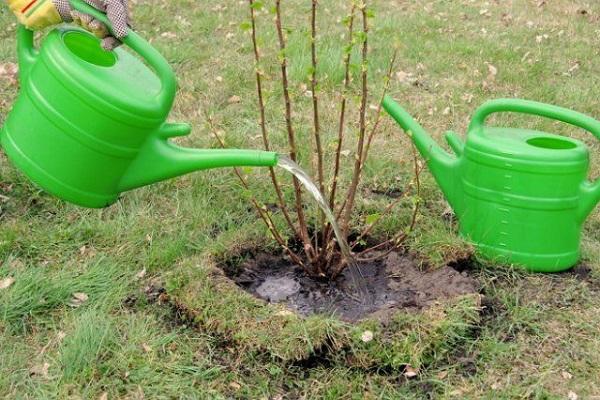
Often, the owners of garden plots resort to the sprinkling method, when moisture evenly covers the ground around the bush, as if it had rained. Nevertheless, there are adherents of drip irrigation, but in such a case, you need to constantly monitor the level of moisture in the earth so as not to flood the bushes.
How much water is needed
So, how much water does a shrub need in order for it to fully develop, and as a result, the summer resident received a decent harvest of tasty and healthy berries. The plant loves moisture. However, if you overdo it with watering, he won't like it either.
If water is sprayed over the surface of the site, this will eventually lead to the rapid growth of weeds. If the culture is poured, the currants will get sick. We will show you how to avoid this.

So, before watering, the soil is certainly loosened to find out how deeply it has dried. If you see that more than 15 centimeters of land is dry, the shrub will need 40 liters of water. In the event that we are talking about 10 centimeters, water must be taken no more than 20 liters. If the soil is dry up to 5 centimeters, it is better to postpone watering.
Moisture retention
Well done hydration is not all a culture needs. So, you need to understand how to keep moisture, in particular at the root of the currant. This question is relevant when watering currants during the ripening period of berries. Will help solve the mulch issue. After watering the plant, it is worth mulching the shrub using any means. It can be humus, hay, sawdust, peat. One of the listed components is always available on the plot of a gardener or gardener.
The fact is that mulch will perform the function of a kind of shelter, under which the earth remains loose and moist for a long period of time. In addition, air circulation will not be disturbed, which is important for the plant roots.
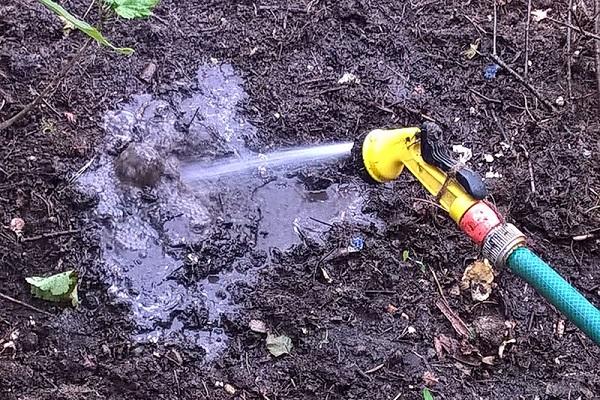
Helpful hints
In order to achieve the maximum effect from watering currants, we suggest that you familiarize yourself with some tricks, in particular:
- Determine the time when you want to water the currants. A few days before the scheduled date, collect the required amount of water into the barrels so that it settles and warms up, since currants should be watered only with settled water of a suitable temperature. The barrels can stand directly on the garden plot, because in summer the ambient temperature will not allow the water heated by the sun in the daytime to cool down.
- Before watering the currants, weed the soil by removing the old layer of mulch that you need to get rid of.
- Watering shrubs should be done before sunset, since at night the root system will take as much moisture as needed.
- Watering plants during the day is not recommended, as it can burn.
- Immediately after moistening the plant, it will not be superfluous to apply fertilizers, solving two issues at once: watering and feeding. Suitable fertilizers: urea, starch, potassium humate.
- If the summer is dry, the amount of watering can be increased, but each time, without fail, you need to check how deep the earth has dried.

